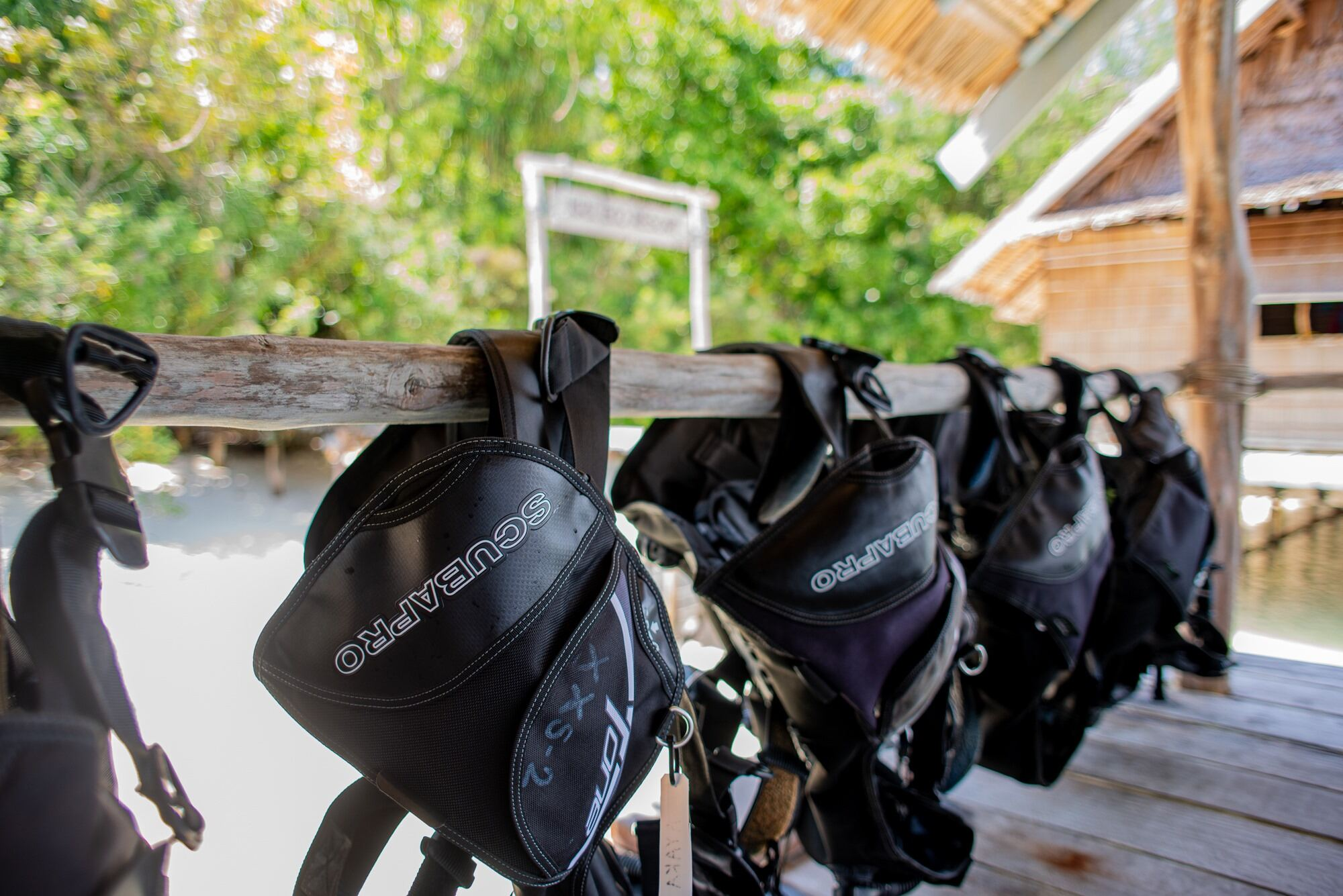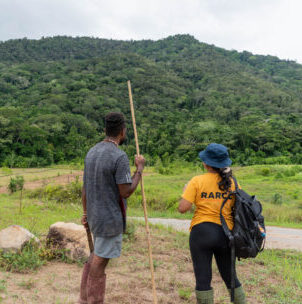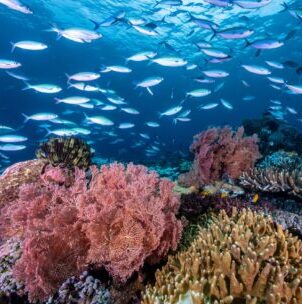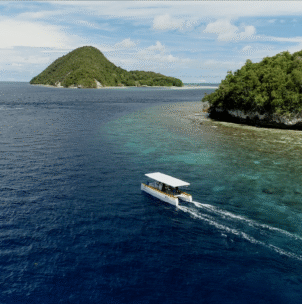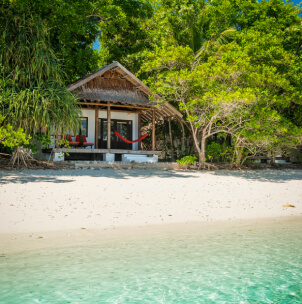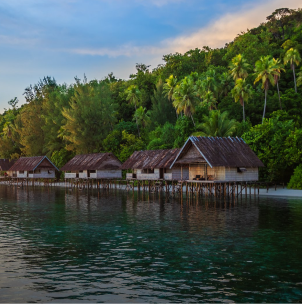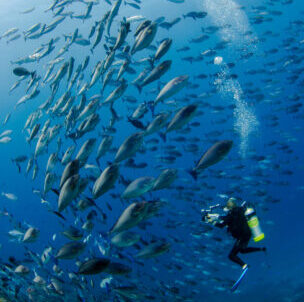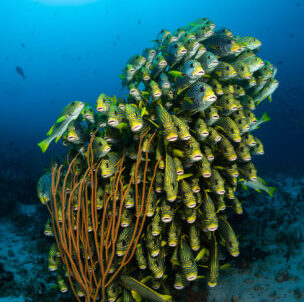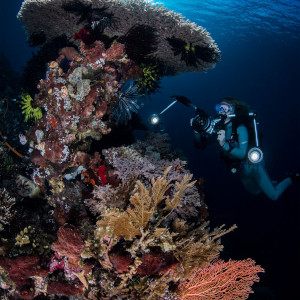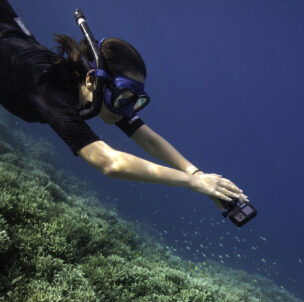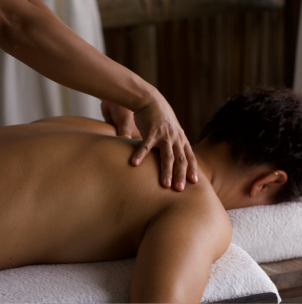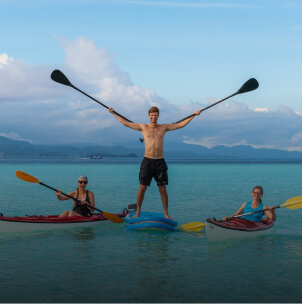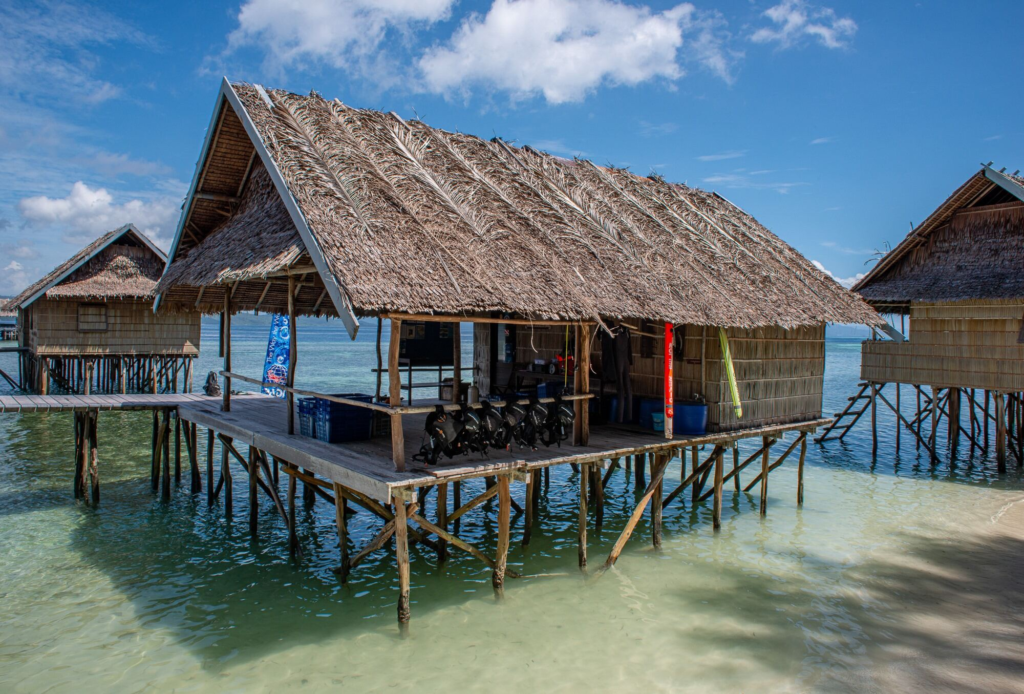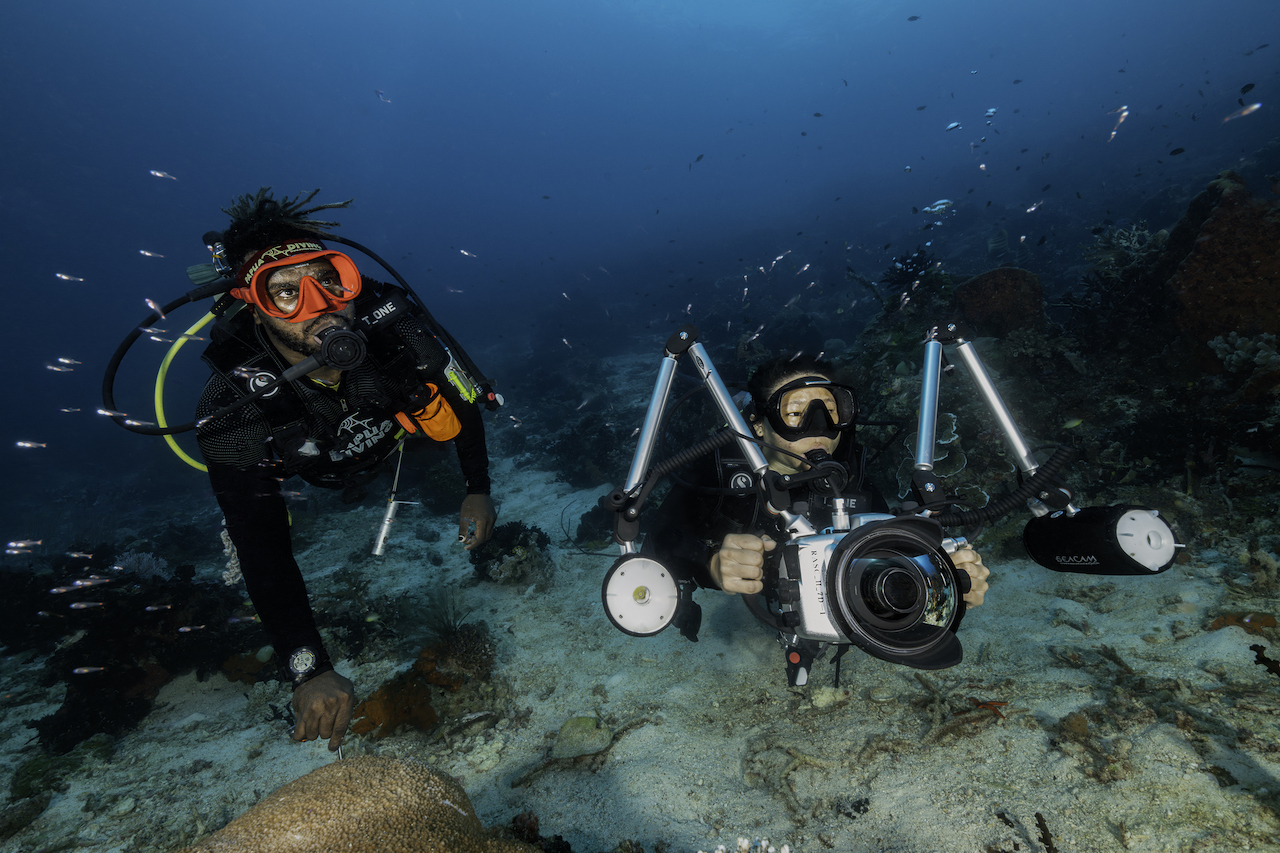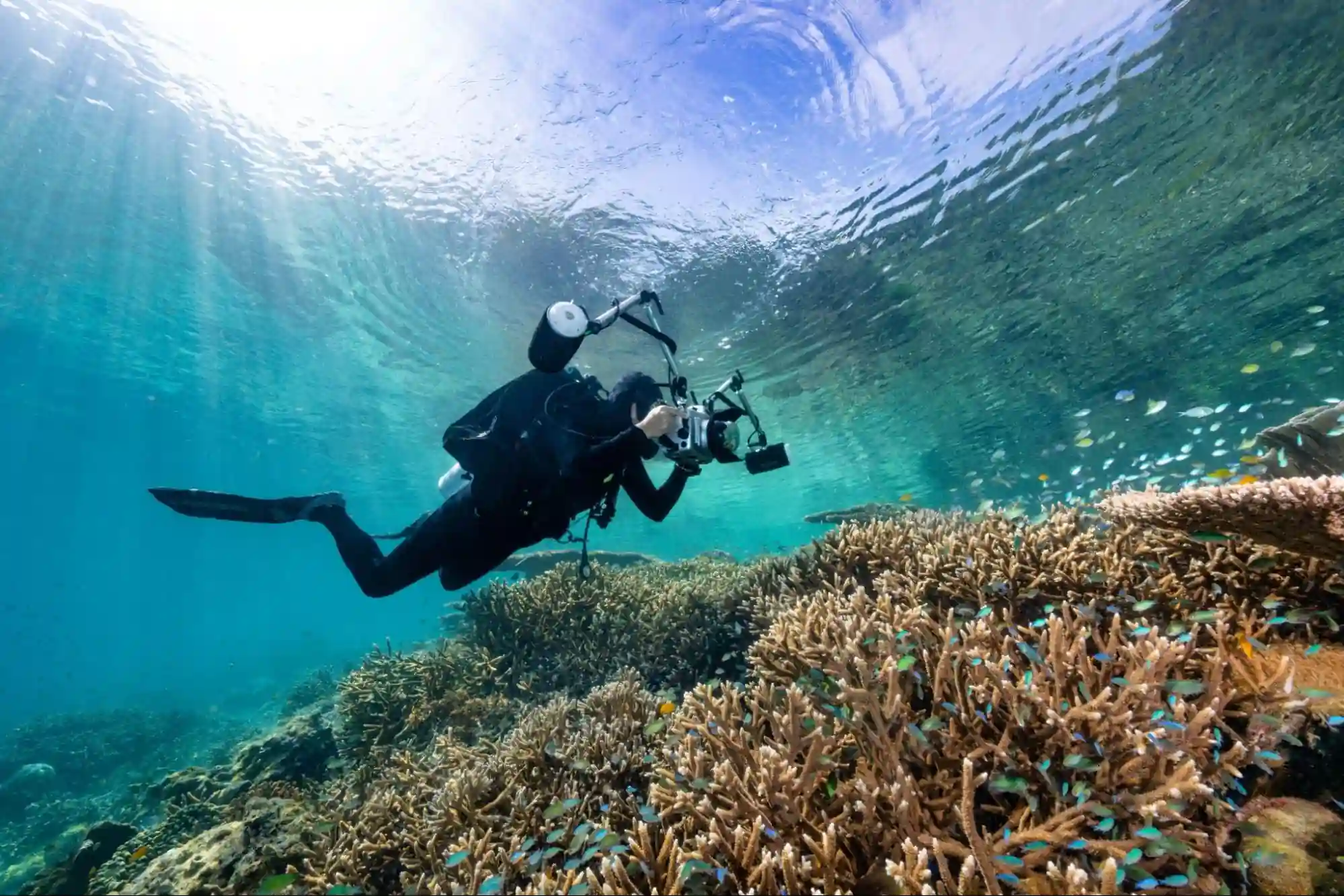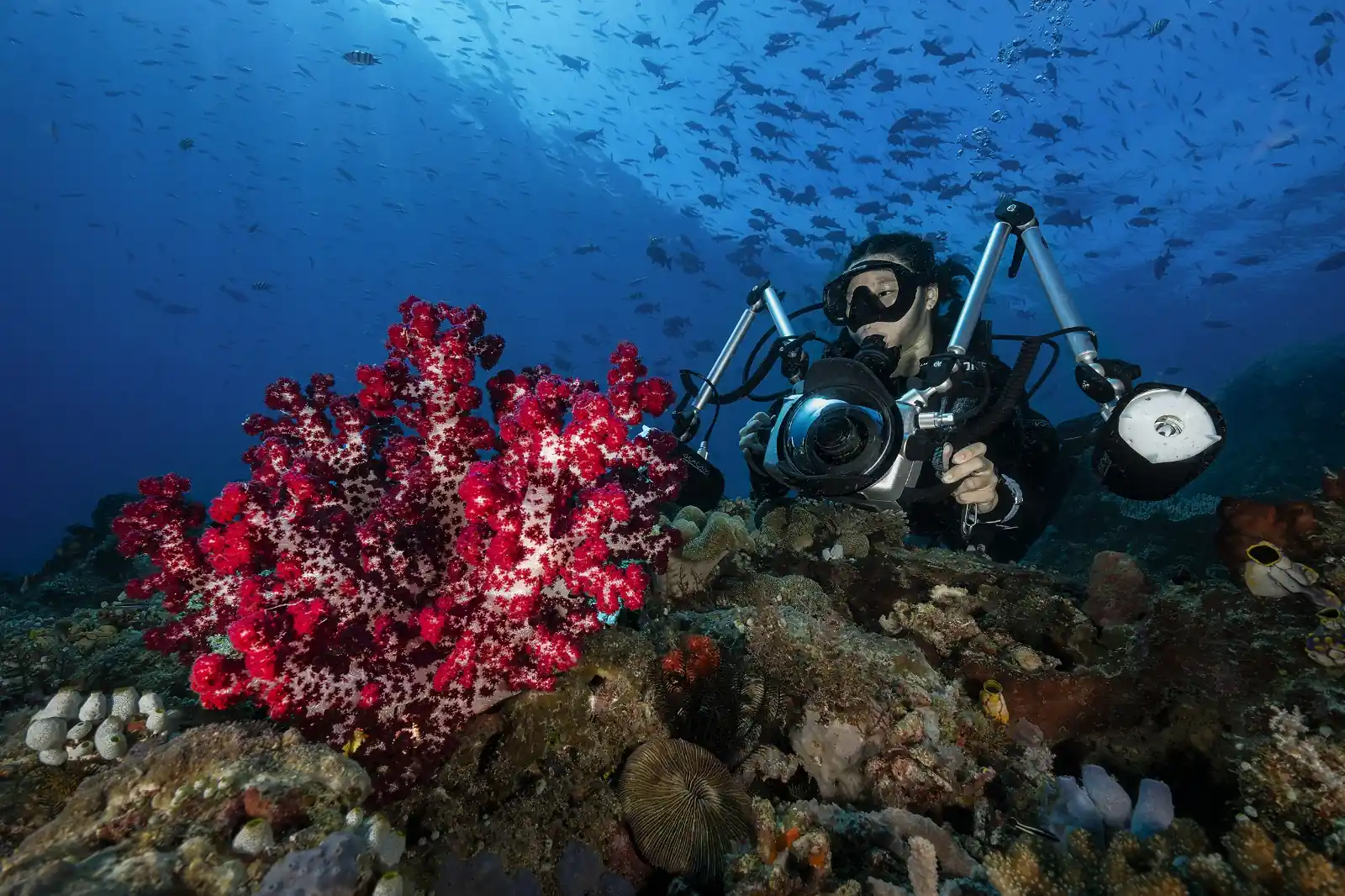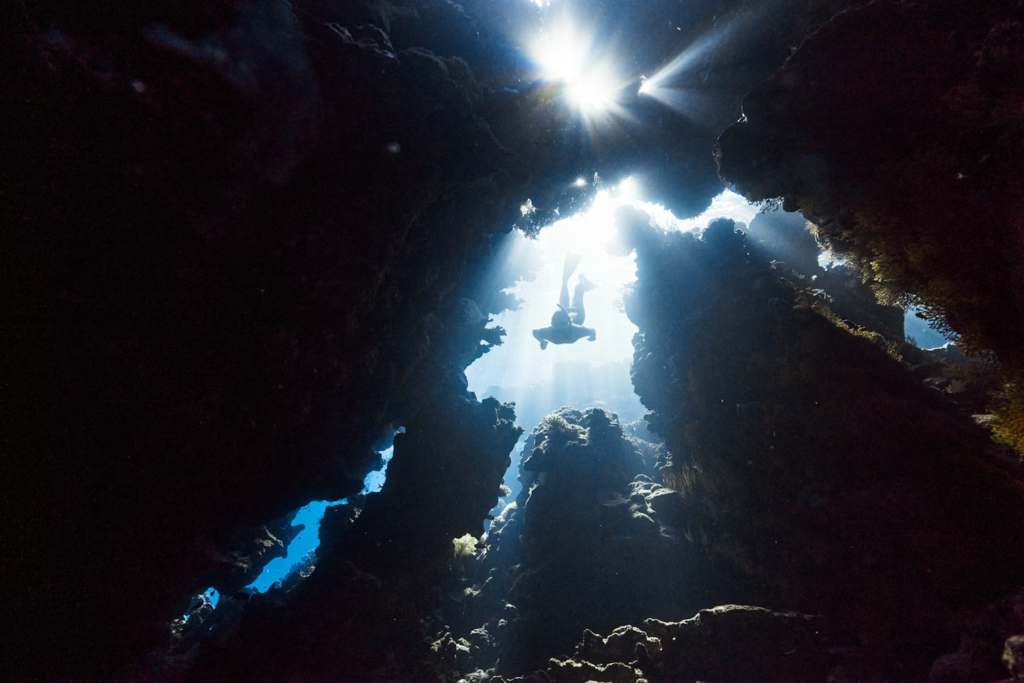
It’s important to learn how to mitigate, handle and control potential risks while diving in Raja Ampat to ensure your safety. The first and most important step is always to plan and prepare before your dive, following dive safety procedures. Another equally important step is to check and test your diving equipment.
Here are the top five main safety rules that you should adhere to when it comes to your Raja Ampat diving experience.
1. Plan Your Dive
Take some time to sit with our dive manager and dive guides to find out all you can about the Raja Ampat dive sites that you’re about to explore. Have an Emergency Action Plan ready, and be sure to get clarity on any instructions that are unclear.
2. Inspect Your Diving Equipment
This is absolutely necessary as malfunctioning diving equipment can cause accidents, serious injuries or even fatalities–most of which can be avoided if all the diving equipment has undergone intensive checks before the dive. Use a pre-dive checklist and be sure you know how to use your diving gear.
3. Practice Your Skills Before Diving
There are certain diving skills that you can practice before you jump into the water. This includes adjusting weight and gear fit, removing and replacing weight systems, deploying and stowing new gear and practicing out-of-air procedures with your dive partner.
4. Get A Diving Buddy
An important rule for diving safety would be to never dive alone. A dive buddy could be the key to your survival should an unfortunate situation take place underwater. Always be in constant communication with your dive buddy while underwater.
5. Check Your Gauges Regularly
Be sure that you have enough air for your dive, taking into consideration the amount of air needed to ascend to the surface. And remember to check your air gauges regularly while diving to ensure you have enough air throughout your underwater exploration.
